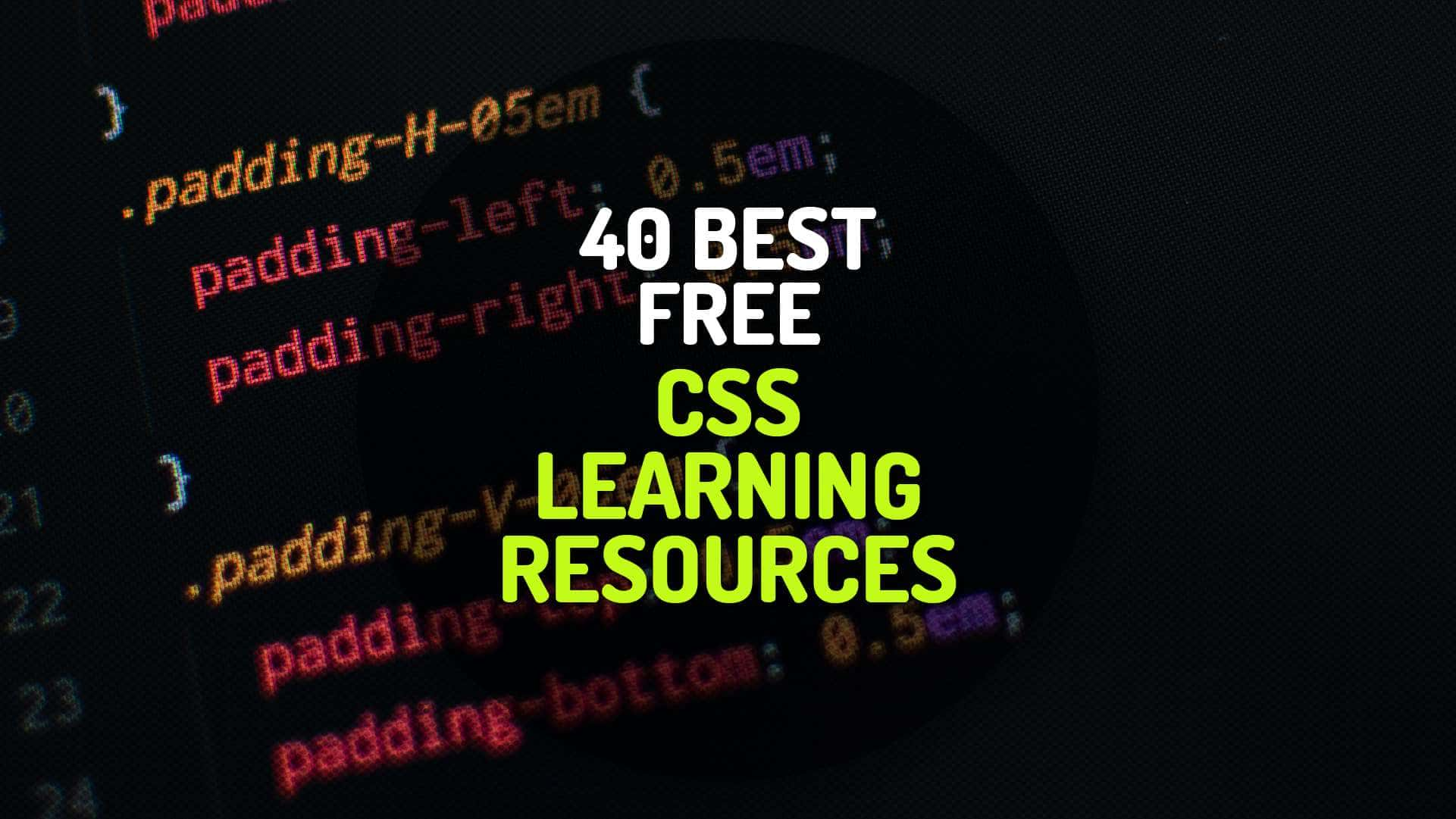Object-oriented programming is the current cure-all – although it has been around for much more then ten years. At the core, there is little more to it then finally applying the good programming principles which we have been taught for more then twenty years. C++ (Eiffel, Oberon-2, Smalltalk … take your pick) is the New Language because it is object-oriented – although you need not use it that way if you do not want to (or know how to), and it turns out that you can do just as well with plain ANSI-C. Only object-orientation permits code reuse between projects – although the idea of subroutines is as old as computers and good programmers always carried their toolkits and libraries with them.
This book is not going to praise object-oriented programming or condemn the Old Way. We are simply going to use ANSI-C to discover how object-oriented programming is done, what its techniques are, why they help us solve bigger problems, and how we harness generality and program to catch mistakes earlier. Along the way we encounter all the jargon – classes, inheritance, instances, linkage, methods, objects, polymorphisms, and more – but we take it out of the realm of magic and see how it translates into the things we have known and done all along.
The first six chapters develop the foundations of object-oriented programming with ANSI-C. We start with a careful information hiding technique for abstract data types, add generic functions based on dynamic linkage and inherit code by judicious lengthening of structures. Finally, we put it all together in a class hierarchy that makes code much easier to maintain.




